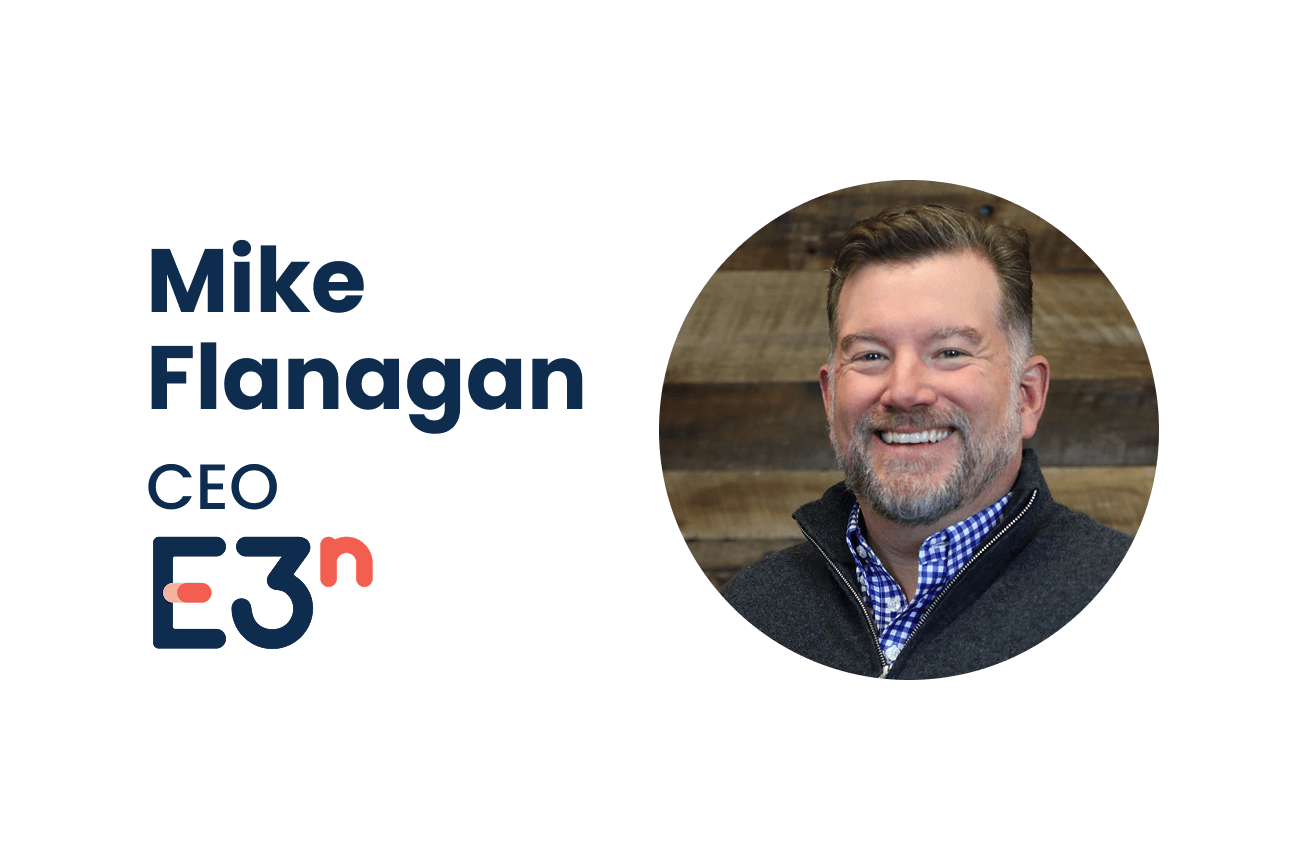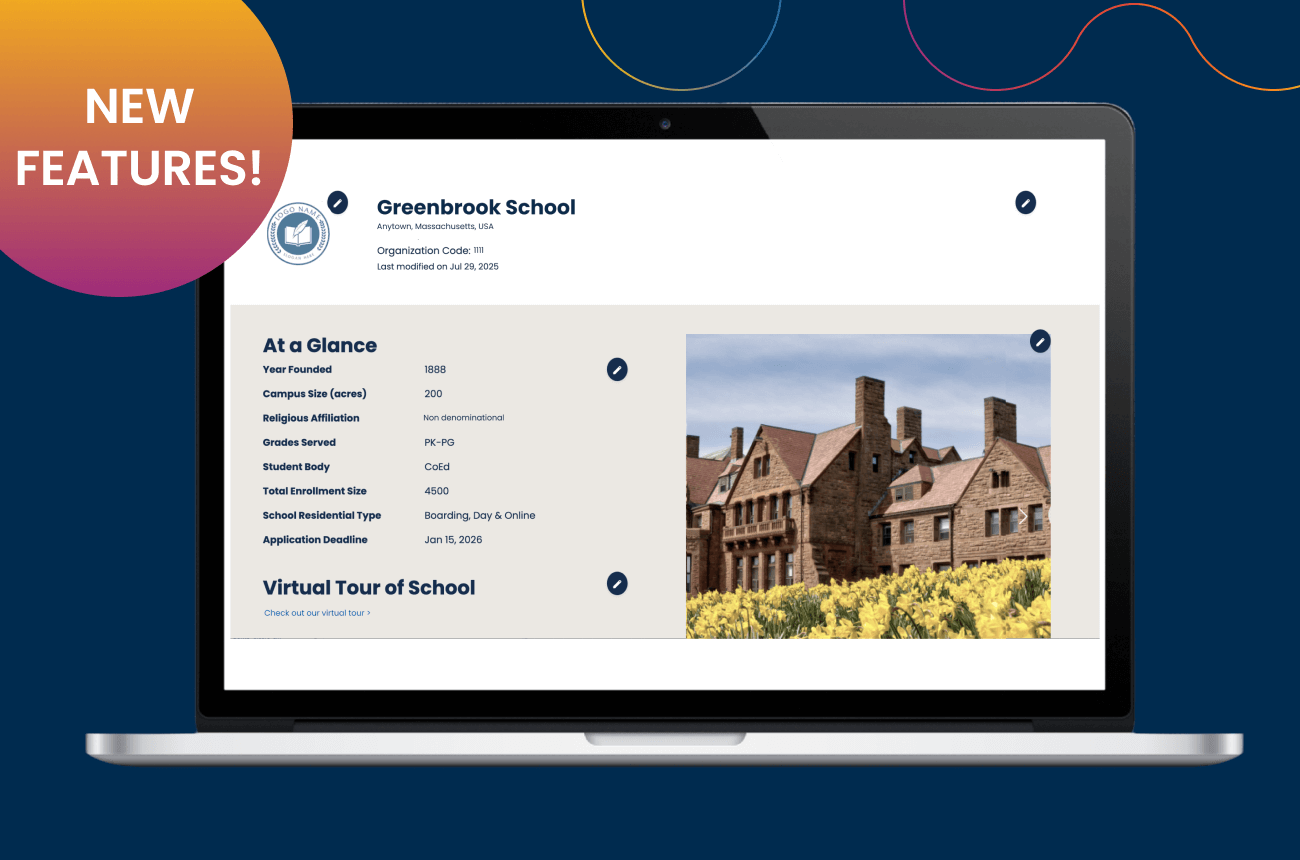Family Connection Reinvented: Innovative Approaches for Year-Round Inspiration

Cultivating a vibrant school community — and a sense of belonging — are more important than ever. In recent years, the pandemic, social justice issues, and a turbulent economy have heightened the need to be part of something greater. School can be a powerful, connecting force for students and families. However, a recent survey of high school students by Qualtrics showed that only half feel like they are part of their school community, and 41% say the events over the last few years have made them feel disconnected from their peers and teachers.
According to the research, private school students feel slightly more connected, with 59% saying they feel a sense of belonging at school. But there is still room for improvement, especially since students who feel a sense of belonging are happier, are also more likely to stay at their current school, and more likely to recommend the school to others.
As we all know, families are vital to cultivating a sense of belonging. We focus on providing a positive family experience in the marketing and recruitment, selection, and onboarding of new families. But what happens next? Often, the day-to-day management of the student experience gets prioritized above creating and nurturing an ongoing family experience. In a 2022 episode of the Enrollment Spectrum Podcast, Renee DuChainey-Farkes, former head of school at the Woodward School and now a coach, consultant, and advisor to independent schools, emphasized the value of creating a distinct experience for parents, separate from their child’s experience.
“The same way we nurture and support our students, we need to think about parents,” she said. “Parents have a dual relationship with the school. They have an experience that’s about their precious child. At the same time, the parents also have their own experience. During the admissions process, we customize the experience to the interests of the family. Doesn’t it also make sense that we rethink what we’re doing to engage our current parents?”
It’s time to get creative about fostering year-round engagement.
The needs and expectations of parents and students are evolving. The pandemic accelerated the shifts. Today, if parents don’t feel that a school is meeting their child’s needs, they take action. EMA’s Ride to Independent Schools report found that 65% of parents were actively searching for an independent school even when their child wasn’t in the final year at their current school. This willingness to seek a better fit makes building and strengthening relationships paramount. Like all relationships, engaging parents often comes down to providing more opportunities to collect feedback, taking the time to evaluate that data, and making changes when appropriate.
Navigating the pandemic required creative thinking across the board. Now, adapting to the evolving needs of students and families provides an opportunity for continuing outside-the-box thinking when it comes to marketing our schools and driving engagement, enrollment, and retention. Getting creative about building year-round engagement doesn’t necessarily mean reinventing the wheel. Here are three inspiring — and very different — perspectives to help get your creative juices flowing.
Focusing on qualitative data to enhance experiences.
Bruce Mutch, Executive Director of Enrollment and Advancement at Ashbury College in Ottawa, ON, says higher ed offers a good perspective for understanding the shifting admission and enrollment landscape for independent schools. Mutch notes the evolution of admissions from seeking the best student to the best graduate to the best class. He sees parallels for independent schools.
“Think about how industrious we all were during the pandemic. We devised solutions to problems we had never considered before and had no road maps to draw upon,” he says. “I believe this period demonstrated to families that, as schools, we have the potential to do much more than what is offered in a prospectus or open house. Parents, families, and students want our schools to offer bespoke programming that will allow their children to thrive in whatever passion they choose to pursue.”
He recommends focusing on qualitative data in addition to quantitative to guide strategies related to student and family experiences. Check-in with families throughout the year to gauge how the school experience is — or isn’t — matching the expectations set during enrollment. Are families seeing the school values demonstrated both inside and outside the classroom? What are they telling you about their experiences as part of the community? The feedback is valuable for staff and leadership, identifying successes as well a sopportunities to keep families better engaged throughout the year.
“Generally, we know three types of families exist at our schools. Families that will always be happy, families that are satisfied but need reminders of the value of the experience their child is receiving, and those that will never be happy,” Mutch says. “As enrollment leaders, we tend to focus much of our energy on the third group and how we can change their minds. We must listen to those community members’ concerns, but not at the cost of overlooking other families. If we focus on the good stories and the fantastic things happening at our schools, I believe the number of families in the third group will diminish. The power of positivity is fantastic, and how we leverage this and share it in our community cannot be underscored enough!”
Reimagining tuition to expand access and equity.
Coming out of the pandemic, leaders at Glen Urquhart School, a Pre-K–8 day school in Beverly, Massachusetts, wanted to ensure they weren’t just talking about creating more equity. That included rethinking the school’s financial aid policies. In 2023, the school, known as GUS, launched its Family Individualized Tuition (FIT) program with the goal of ensuring each family’s investment in a GUS education is equitable in proportion to their economic resources.
“FIT at GUS provides a customized financial commitment for each of our families,” Katie Chhu, Director of Admission, explains. “It’s based on their income, expenses, and assets, along with our current tuition rates. Families returning to GUS and those starting the application process decide if they will pay the max tuition listed for each grade or go through the portal process to determine their family’s individualized tuition.”
The new process is meant to turn financial aid on its head, according to Chhu. Unlike the previous approach, which was only for families seeking assistance, all families use the portal, even if it’s just to indicate that they plan to pay the maximum tuition amount.
“We’ve always hadstrong partnerships with our families,” says Gretchen Forsyth, Head of School at GUS. “With our commitment to being more inclusive, finding a process to takedown barriers for families that think independent school education is beyondtheir reach was really important.”
“Our past policy around financial aid was cumbersome,” she continues. “If a family knew they would definitely qualify, they would fill out the entire application. But if a family wasn’t sure, they probably wouldn’t bother. By simplifying the process, we’re allowing more families to engage with independent school as a possibility for their child.”
Creating the FIT at GUS program has its roots in the school’s strategic plan. The team also reached out to the Gordon School in East Providence, Rhode Island, for information and inspiration based on that school’s efforts to reimagine the tuition process.
One hallmark of the GUS program is providing families with their individualized FIT tuition number within 10 days of completing the application. The tuition numbers provided are for three years. This enables families to engage in the process with the confidence of knowing what’s expected. “Families also engage in part of the admissions process, including a visit to campus, as part of the process to get their FIT number,” Forsyth says. “That way, we’re not losing the opportunity to demonstrate what they get for their money and why GUS is worth the investment.”
There’s no one-size-fits-all formula for achieving year-round engagement that drives marketing and retention. Instead, as these examples illustrate, community engagement can happen in a variety of ways. The common denominator is fostering authentic relationships based on your school’s mission, values, and strategic plan — and then nurturing the unique ideas that result.




